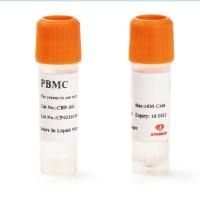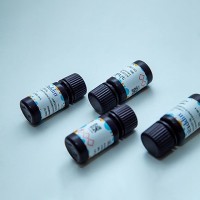The serum titration neutralization assay described in Chapter 33 utilizes a constant amount of infectious virus and indirectly estimates the antibody-mediated reduction in infectious virus by measuring p24 antigen expressed by human peripheral blood mononuclear cells (PBMC). The assay assumes a direct relationship between expressed p24 antigen and the number of target PBMC infected. Therefore, the optimal time of p24 antigen measurement may vary due to different growth kinetics among viruses. An infectivity reduction assay (IRA) directly measures the effect of antibody on virus endpoint infectious titer. The IRA is more labor-intensive and requires more serum than the antibody titration assay, and it is generally done with a single dilution of antibody. However, it has the important advantage of directly measuring the effect of antibody on virus median tissue culture infectious dose (TCID50 ). In addition, the IRA is unaffected by variation in virus growth kinetics and therefore is theoretically more suitable for comparing neutralization among diverse virus isolates. The assay described below calculates virus TCID50 by serially diluting virus stock in quadruplicate wells with phytohemagglutinin (PHA)-stimulated PBMC. Wells are scored positive or negative for HIV-1 infection by measuring expressed p24 antigen after eight days in culture. Results are expressed as the antibody-mediated reduction in virus TCID50 (i.e., ratio of virus TCID50 in control sera to TCID50 in test sera).






